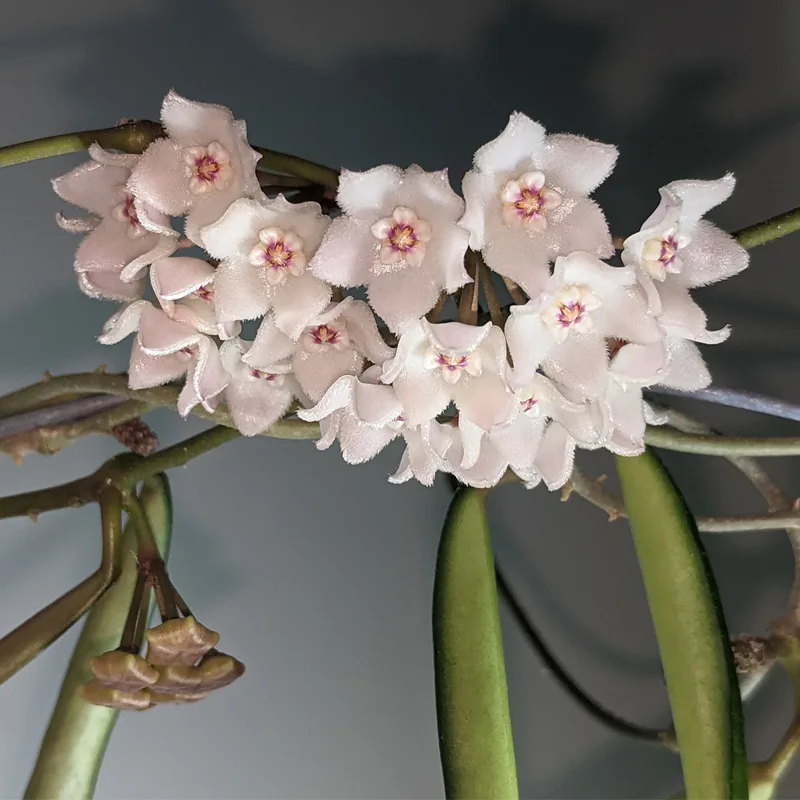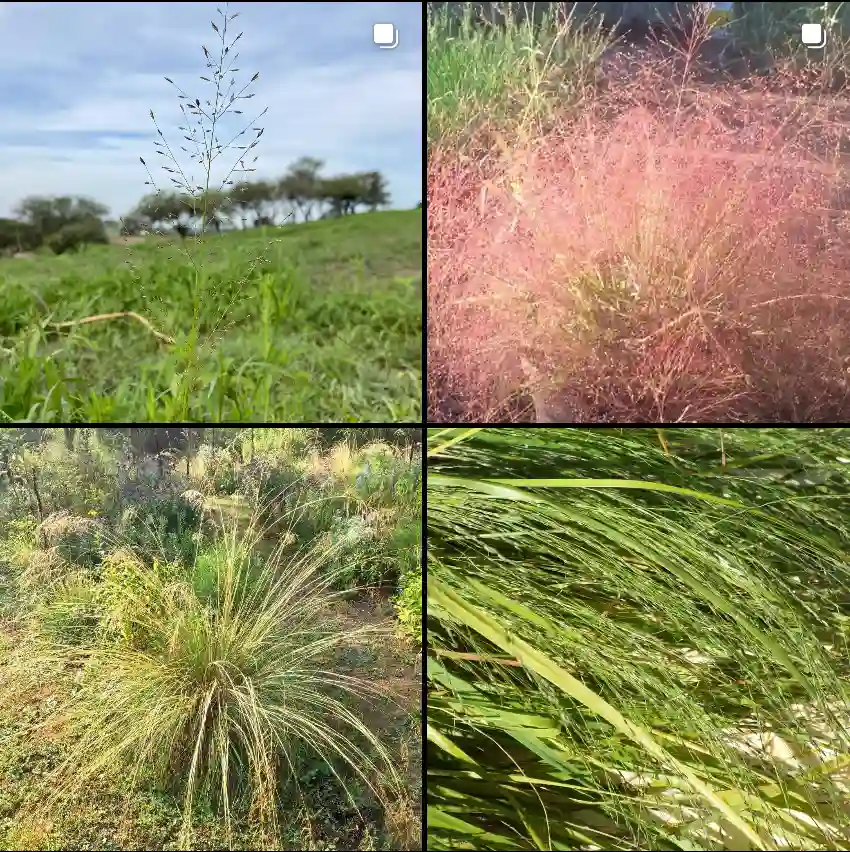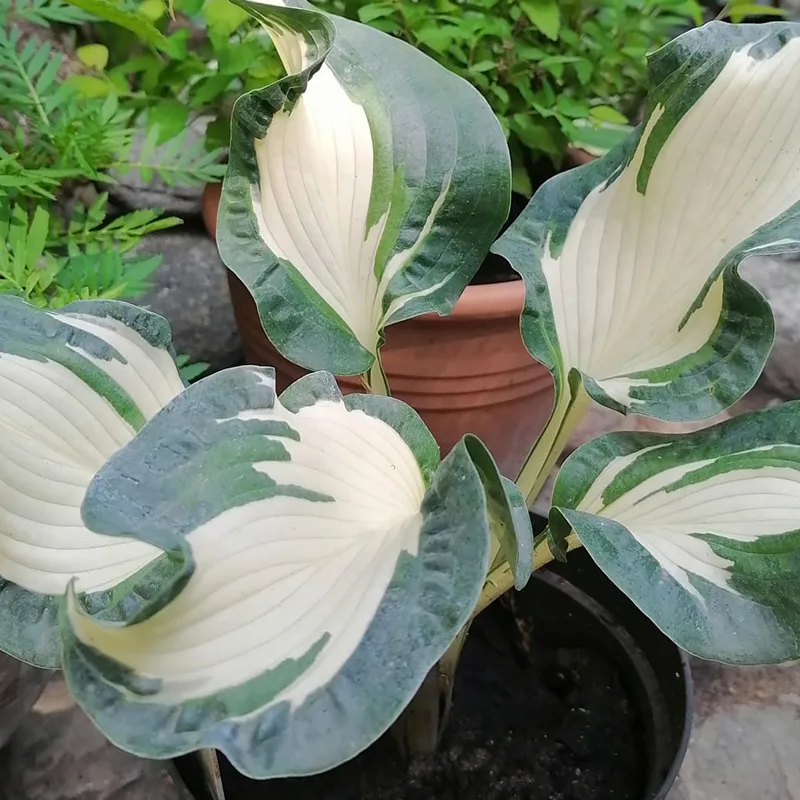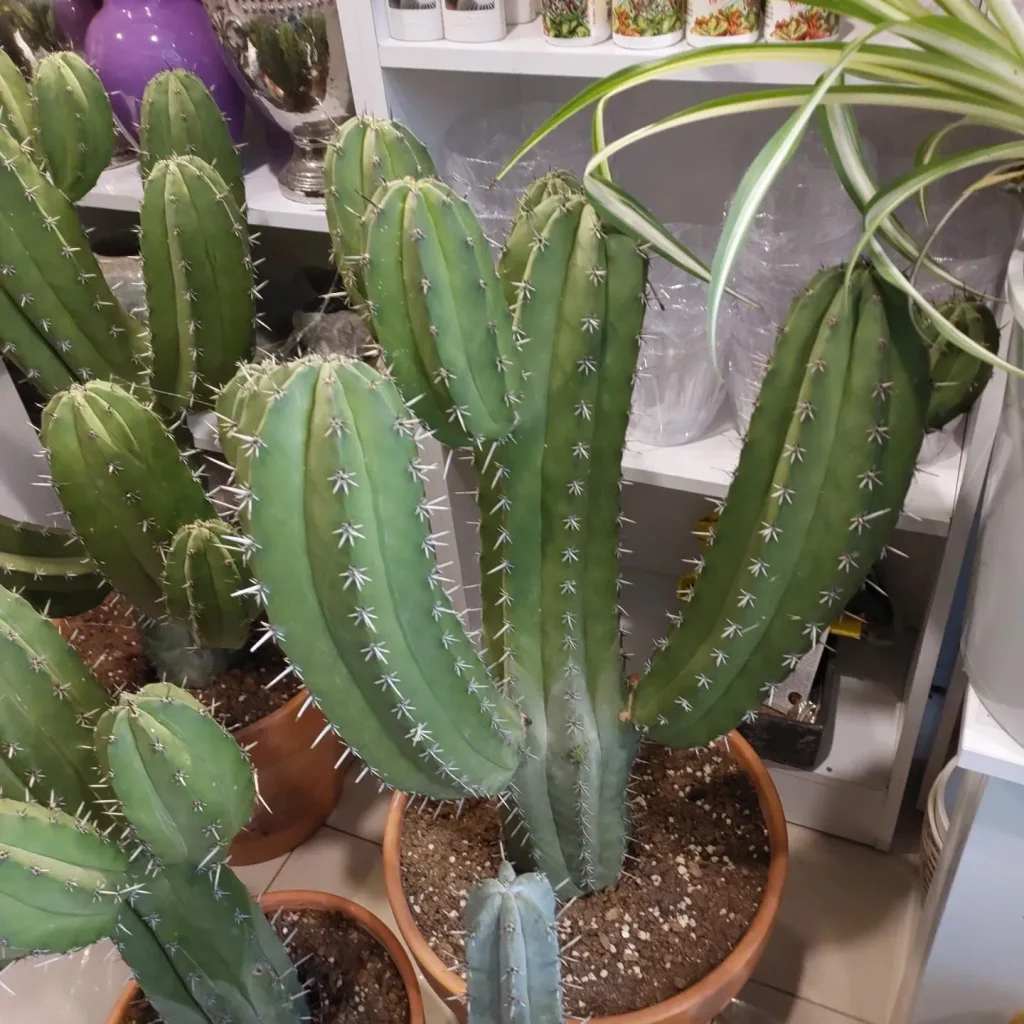My Fascination with the Lythraceae Family
The Lythraceae family, also known as the loosestrife family, has always held a special allure for me. Its diversity, ecological importance, and economic value have captivated my curiosity and driven my desire to explore its intricacies.
Unveiling the Diversity
The Lythraceae family boasts an impressive array of genera, each with its unique characteristics and adaptations:
- Lythrum: This genus comprises various species of loosestrife, including the purple loosestrife (Lythrum salicaria), known for its striking magenta flowers and its ability to thrive in wetland habitats. – 40 Species in Genus Lythrum
- Heimia: This genus encompasses several species of shrubs and subshrubs, often recognized for their yellow flowers and their traditional use in medicinal practices.
- Punica: This genus includes the pomegranate (Punica granatum), a fruit-bearing tree cherished for its delicious, antioxidant-rich arils and its cultural significance in various regions of the world. – 2 Species in Genus Punica
- Lawsonia: This genus comprises the henna tree (Lawsonia inermis), renowned for its leaves, which yield a natural dye used for body art and hair coloring.
- Woodfordia: This genus encompasses a few species of shrubs, including the fire-flame bush (Woodfordia fruticosa), known for its vibrant red flowers and its ecological role in providing nectar for pollinators.
- Adenaria: A genus of shrubs or small trees found in tropical regions of Africa, Madagascar, and Asia, characterized by their showy, pink or purple flowers.
- Ammannia: A genus of aquatic or semi-aquatic herbs widespread in tropical and subtropical regions, with small, inconspicuous flowers and often reddish stems.
- Capuronia: A monotypic genus represented by Capuronia madagascariensis, a tree endemic to Madagascar, with large, white flowers and winged fruits.
- Cuphea: A diverse genus of herbs, shrubs, or small trees found in tropical and subtropical America, with tubular flowers in various colors, some species cultivated as ornamentals. – 253 Species in Genus Cuphea
- Decodon: A monotypic genus containing Decodon verticillatus, a semi-aquatic shrub native to North America, with unique, arching branches and purple flowers.
- Didiplis: A genus of aquatic herbs found in tropical and subtropical America, with small, white or pink flowers and often submerged leaves.
- Diplusodon: A genus of shrubs or small trees native to South America, with showy, purple or pink flowers and often glandular leaves.
- Duabanga: A genus of large trees found in tropical Asia, with showy, white flowers and distinctive, winged fruits.
- Galpinia: A monotypic genus represented by Galpinia transvaalica, a shrub or small tree native to southern Africa, with white flowers and winged fruits.
- Ginoria: A genus of shrubs or small trees found in tropical America, with showy, pink or purple flowers.
- Gyrosphragma: A genus of trees native to tropical Africa, with large leaves and small, white or yellow flowers.
- Koehneria: A monotypic genus containing Koehneria madagascariensis, a shrub endemic to Madagascar, with small, white flowers.
- Lafoensia: A genus of trees or shrubs native to tropical America, with showy, yellow or orange flowers and distinctive, winged fruits.
- Lagerstroemia: A genus of trees and shrubs native to tropical and subtropical Asia, known for their showy, colorful flowers, including the popular crape myrtles. – 49 Species in Genus Lagerstroemia
- Lourtella: A genus of shrubs or small trees found in tropical America, with small, white or pink flowers.
- Pehria: A monotypic genus represented by Pehria compacta, a shrub endemic to South Africa, with small, white flowers.
- Pemphis: A genus of shrubs or small trees found in coastal areas of tropical Asia, Africa, and Australia, with small, white or pink flowers and often leathery leaves.
- Physocalymma: A monotypic genus containing Physocalymma scaberrimum, a tree native to South America, known for its beautiful, purple flowers and valuable timber.
- Pleurophora: A genus of herbs or subshrubs native to South America, with small, white or pink flowers and often winged fruits.
- Rotala: A genus of aquatic or semi-aquatic herbs found worldwide, with small, inconspicuous flowers and often reddish stems. – 75 Species in Genus Rotala
- Sonneratia: A genus of mangrove trees found in coastal areas of tropical Asia, Africa, and Australia, with large, white flowe442 Species in Genus Valerianars and distinctive, cone-shaped fruits.
- Tetrataxis: A genus of herbs or subshrubs native to tropical Africa and Madagascar, with small, white or pink flowers.
- Trapa: A genus of aquatic plants commonly known as water caltrop, found in temperate and tropical regions, with floating leaves and horned fruits.
Ecological Significance
The Lythraceae family plays a vital role in various ecosystems. Its members serve as valuable food sources and habitats for a wide range of organisms. The nectar-rich flowers of many Lythraceae species attract pollinators, such as bees, butterflies, and hummingbirds, contributing to the maintenance of biodiversity. Moreover, some species within this family, like the purple loosestrife, play a crucial role in wetland ecosystems, providing shelter and sustenance for aquatic invertebrates and waterfowl.
Economic Value
The Lythraceae family holds considerable economic significance. Several members of this family are cultivated for their ornamental value, adding beauty and vibrancy to gardens and landscapes. The crape myrtles, with their stunning floral displays and attractive bark, are particularly popular in horticulture. The pomegranate, a member of the Lythraceae family, is a commercially important fruit crop, prized for its culinary uses and its health benefits. Additionally, the henna tree, another member of this family, provides a natural dye used in cosmetics and textiles, contributing to the global economy.
Conclusion
My fascination with the Lythraceae family continues to grow as I delve deeper into its wonders. Its diversity, ecological importance, and economic value make it a captivating subject of study. As I continue my exploration of this remarkable plant family, I am filled with admiration for its resilience, its adaptability, and its contribution to the natural world. The Lythraceae family serves as a reminder of the interconnectedness of life and the beauty that surrounds us.
If i die, water my plants!



